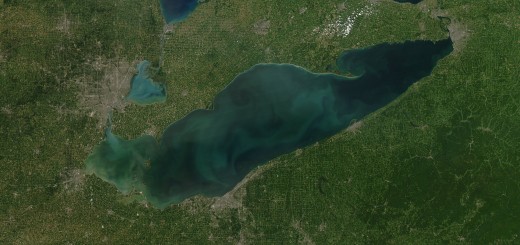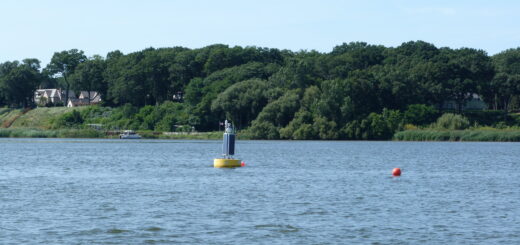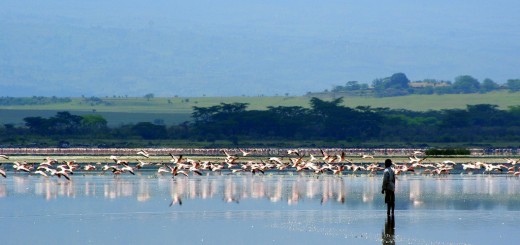Research Brief: Examining the Influence of the Three Gorges Dam on Lake Poyang Carbon Dynamics
0While lakes and rivers are known contributors of carbon dioxide (CO2) in the region’s carbon dynamics and budget, some have become carbon sinks as opposed to carbon sources. In most healthy systems, lakes ideally function as carbon sources, absorbing large amounts of carbon and releasing more carbon dioxide than they take in. Even with their higher outputs, lakes are essential to the carbon cycle as the carbon they release is used elsewhere in the loop.
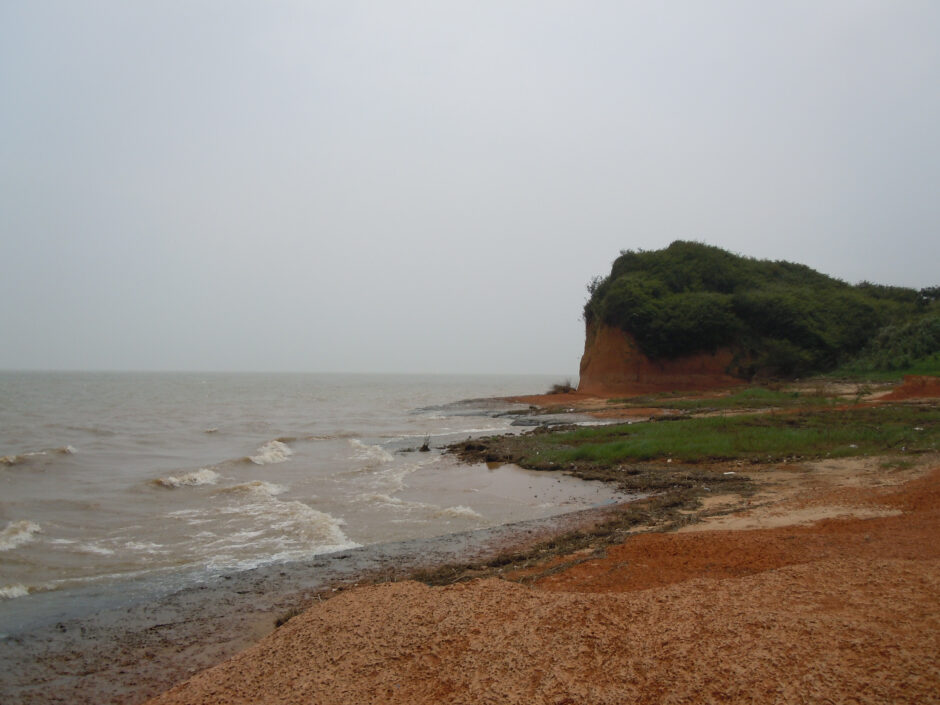
Sand Hills in Xingzi County, Poyang Lake (Credit: 武铁辆玻, via Wikimedia Commons
CC BY-SA 2.0)
Unfortunately, climate change and the human impacts leading to changes in water levels have led many foundational lakes in regions across the world to become carbon sinks. Simply put, these carbon sink lakes absorb more carbon than they release. Good examples of naturally-occurring carbon sinks are vegetation and soil, which typically absorb more CO2 than they release.
When lakes that have typically been carbon sources for a region are transformed into carbon sinks, surrounding forests feel the impact as less carbon is available. Droughts and dam construction that lead to changes in water levels are known to impact carbon dynamics in lakes and the surrounding waterways. A 2023 study published in the Geophysical Research Letters examined the influence of the Three Gorges Dam operations on carbon dynamics in Poyang Lake, China.
Methods
The researchers combined eddy covariance observations and random forest models over multiple decades to examine variances pre- and post-construction of the Three Gorges Dam operation. The study was conducted in Poyang Lake, the largest freshwater lake in China. Poyang Lake “plays an important role in flood control and domestic water provision, and serves as a vital waterway for transportation.”1,2,3 The lake also supports the surrounding wetland.
The study compiled a long-term CO2 flux data set for Poyang Lake from 1961 to 2016 and separated the contributions of climate change and human activities, particularly the TGD operation.1 The focus of the study was to highlight how human activities, like dam projects, impact regional carbon budgets.
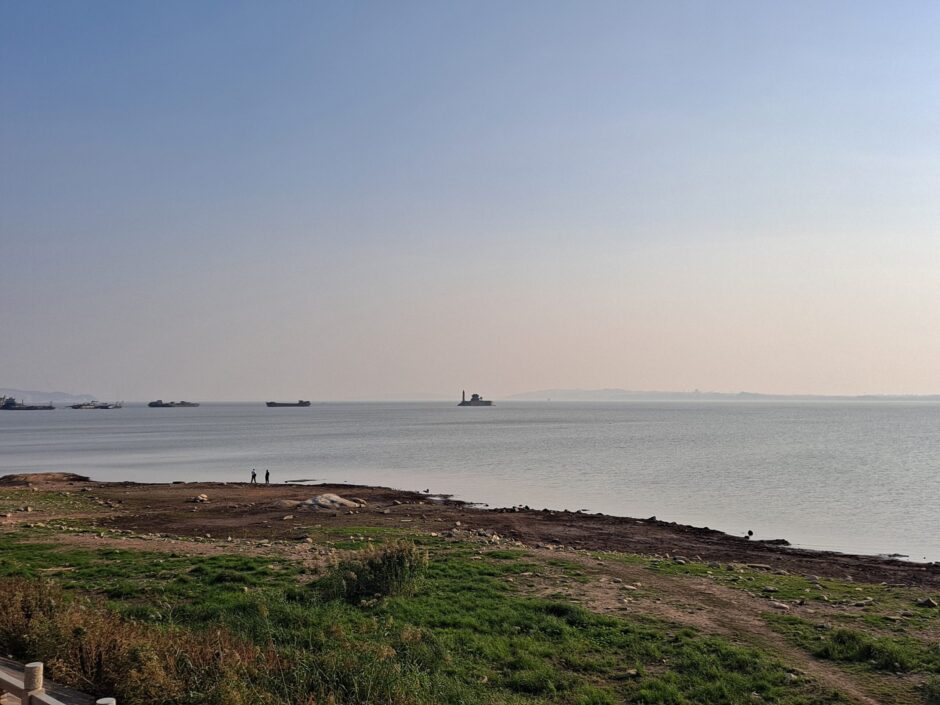
Lexingdun, Poyang Lake (Credit: 钉钉, via Wikimedia Commons CC BY-SA 4.0)
Results
Over the observed decades, the study found that Lake Poyang fluctuated between a C02 source and sink from 1961 to 2016. In particular, they noted a trend of the lake tending to be a carbon sink in the years following the dam’s construction in 2003. The changes were linked to declines in water levels which allowed the surrounding wetland vegetation to expand.
Overall, the research notes that the water-rising stage and high-water stage were shortened on average by 11 and 16 days, respectively. Shallower water, paired with climate change increasing annual temperatures, leads to warmer water that produces less carbon dioxide. The study warns that changes in the region’s carbon dynamics will have lasting impacts on the carbon budget, stating, “The TGD influence on downstream lake carbon fluxes cannot be ignored.”1
Sources
- Zhao, X., Fan, X., Griffis, T. J., Xiao, K., Li, X., Liu, Y., et al. (2023). Three Gorges Dam operations affect the carbon dioxide budget of a large downstream connected lake. Geophysical Research Letters, 50, e2022GL102697. https://doi.org/10.1029/2022GL102697Shankman, D., & Liang, Q. (2003). Landscape changes and increasing flood frequency in China’s Poyang Lake region. The Professional Geographer, 55(4), 434–445. https://doi.org/10.1111/0033-0124.5504003
- Zhu, H., & Zhang, B. (1997). Poyang Lake. Press of University of Science and Technology of China.




